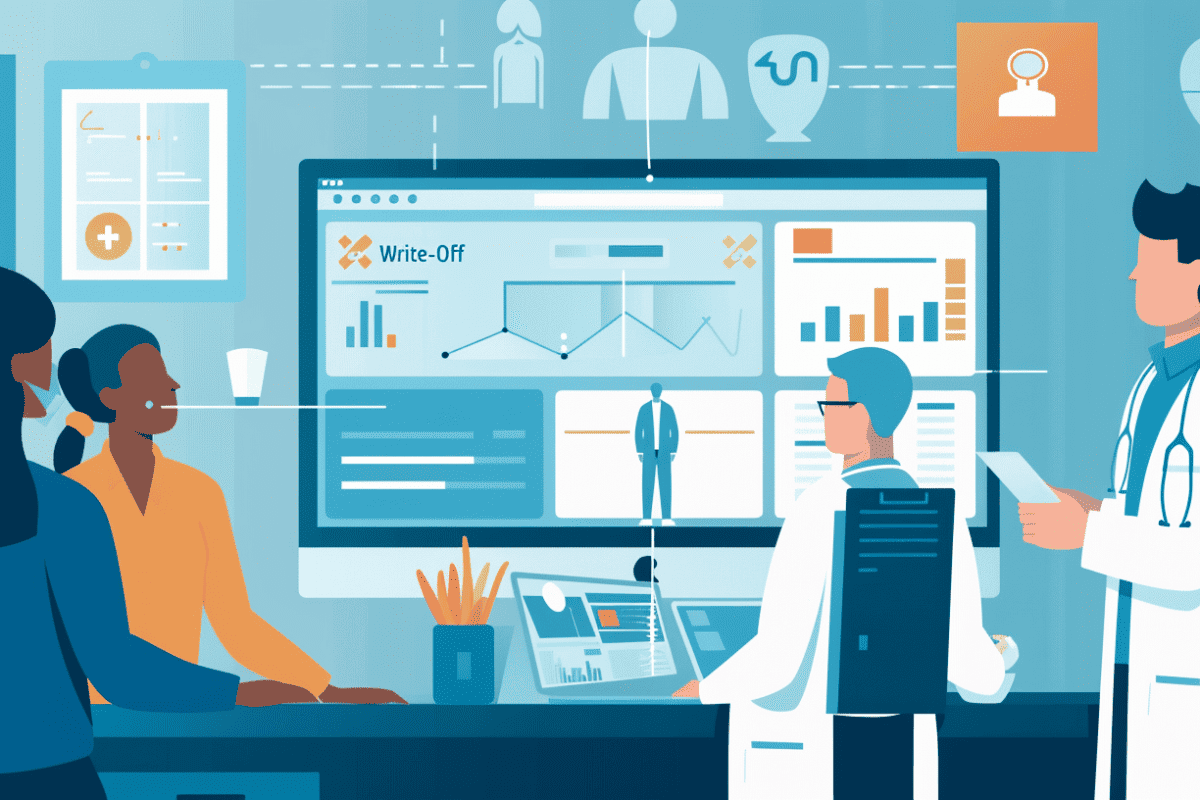The HealthCare (HC) Industry has evolved tremendously since its inception. According to WHO reports, the Global Healthcare Expenditure forecast is believed to reach USD 9.5 Trillion by 2018.The increasing complexity of healthcare operations, government initiatives to promote implementation of Information Technology (IT) in hospitals, shift toward paperless environment through electronic records and huge proliferation of smart devices and mobile apps are creating demand for healthcare IT systems.
Major Reasons for IT to drive HC
– Patients are gradually becoming the most informed and participative stakeholders who are involved in decision making
– Adherence to structured quality measures
– Revenue driven consolidation
– New alternative payment models
– Specialty drug usage driving healthcare costs
– IT innovations are promoting communications between concerned stakeholders
Challenges faced
Traditionally, healthcare had lower levels of investment in IT than other service industries. This resulted in a host of issues for HealthCare Providers (HCP) –
– Difficulty is sharing information due to disparate mix of software systems
– Infrastructure that hinders rather than aiding expansion
– Mismatched programs that were not aligned appropriately with clinical workflows
– Lack of delivery of consistent seamlessly integrated flow of patient centric information
– Poor healthcare technology experience by both patients and medical personnel
Current Demands
There is a huge demand for modernization and adoption of the latest healthcare managed it solutions as IT increasingly percolates all facets of the healthcare industry. Both doctors and patients are calling for on-demand access to medical information as and when it is needed and from everywhere in a user friendly format. Thus, seamless flow of IT within a healthcare organization is becoming a quality differentiator among the HCPs globally. The current demands include:
Patient-Centric Approach – This is crucial for improving quality of patient care by exploiting new tools and information that medical systems can provide. IT Programs that supports the core medical processes, hardware that allows easy access to information and world-wide adoption of common standards make the integration of disparate systems easy. These are the key features of new healthcare IT systems which thereby maintain a patient-centric approach.
IT Driven by Care – The major force behind the revolution in healthcare IT is the desire of HCPs to offer the highest possible standards of healthcare. This has led to birth and subsequent emergence, of digitization using Electronic Medical Record (EMR). These digital records can hold the complete details of patient medical history, symptoms, primary diagnosis and suggested remedy, which ultimately aids medical and therapeutic decisions in the due course of treatment.
Usage of Standards – It is vital for setting IT standards for making optimal use of all new software and hardware available to HCPs to maintain integrity, privacy and confidentiality of patient information. This is because adoption of proper standards defines the rules of engagement between multiple systems connected over the global network for information sharing. Also, this facilitates scaling IT across facilities so that HCPs can grow their capacity and functionality in synchronism with their clinical business strategies leading to the best investment decision.
Information Accessibility – There is a substantial demand for software programs that allow simple access to information by physicians, nurses and other medical at the point of care, and hardware that enables communication of data across facilities and mobilizes the access points. This enhances quality of patient care by HCPs. This certainly aids physicians in taking better informed decisions, enhances patient satisfaction by providing a continuum of personalized care and streamlined experiences and promotes efficient usage of IT holistically in healthcare organizations .Thus there is greater potential for future improvement.
The Latest Innovations
Increased healthcare awareness, rising costs and on- demand access to patient information is one of the key motivating factors for innovations to tackle these imperatives. Already, Minimal Invasive Techniques (MIT), Robotic Surgery, PET Scans, Doppler Tests, 3D printing, implantable devices, and other digital technology enabled innovations prevail in the healthcare scenario .These undoubtedly target disease-prevention, monitoring, and treatment of patients with the ability to improve outcomes and reduce expenses. Additionally, there are new exploratory R&D approaches and big data mining and analytics usage are paving way for new opportunities. Here are some of the top IT innovations for achieving cost-effective quality healthcare.
– Social media including Facebook, LinkedIn, Twitter
– Biosensors and trackers
– Convenient care
– Next-generation sequencing
– 3D-printed devices
– Immunotherapy
– Artificial Intelligence(AI)
– Point-of-Care (POC) diagnostics
– Virtual reality
– Telehealth /Telemedic
Conclusion
Conclusion
While medical staff and patients will continue to be the crucial crux of healthcare as ever, the value of IT usage in a patient-centric approach is unfolding itself enormously and disclosing the tremendous benefits for everyone concerned. With its increasing adoption, healthcare IT is likely to contribute significantly to patient care and impact HCPs in 2018 itself to take healthcare delivery to higher esteemed levels for achieving ‘utmost patient satisfaction and delight’(projected market size is USD 66 billion by 2020)!
FrontEnders Healthcare Services
FrontEnders Healthcare Services is a healthcare consulting firm providing realistic solutions to the healthcare challenges in India & overseas. Our goal is to make a positive change, wherever we are and whatever we are into. FrontEnders will assist you to set up functional healthcare organizational as well as operational goals, from a long-term viability perspective. Our mission is to be a principle enabler of quality, affordable, accessible and sustainable healthcare services, globally.


